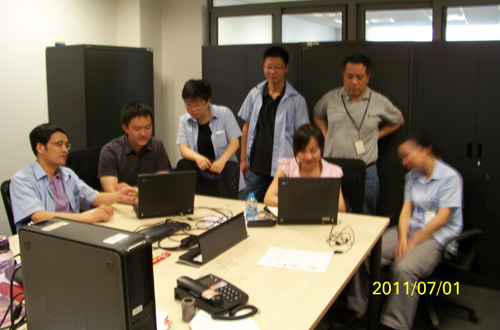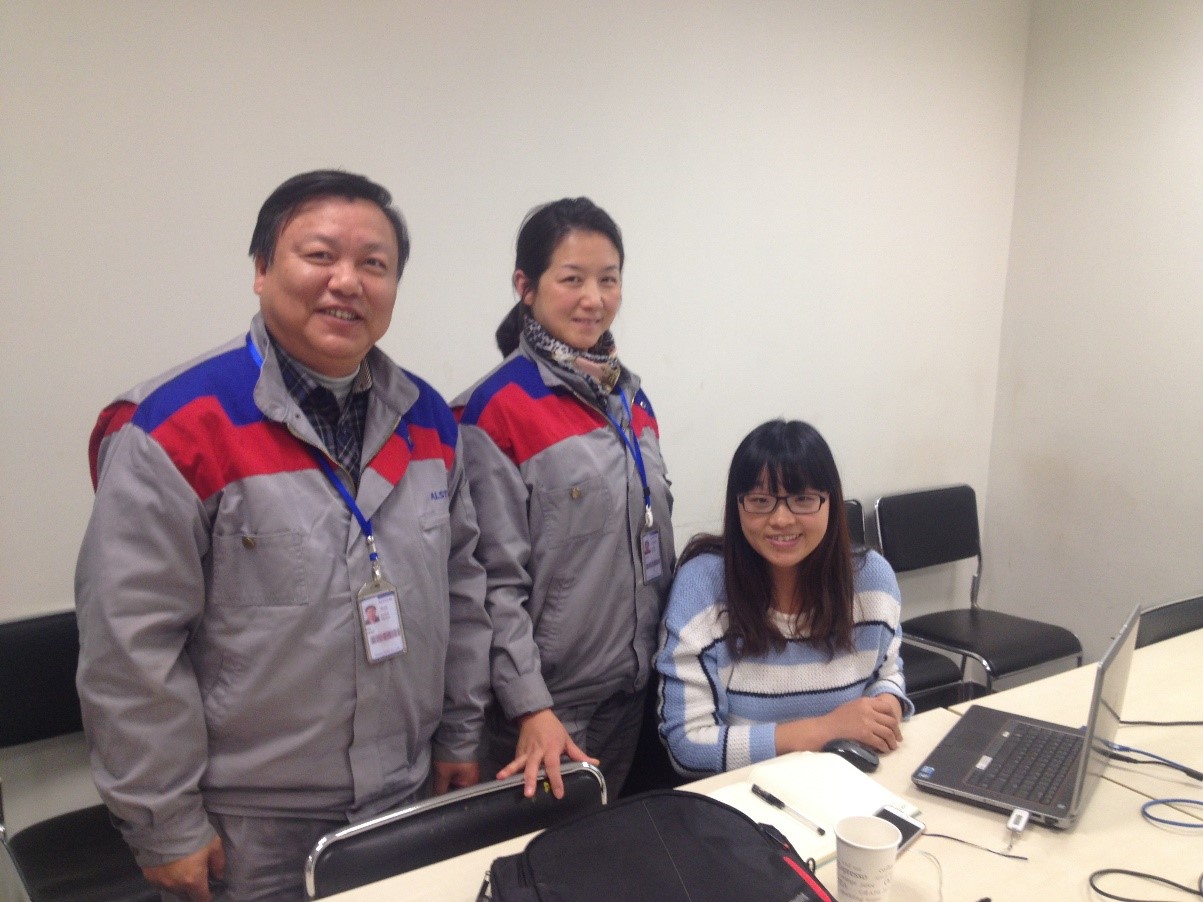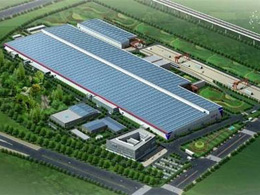Organizing a modern maintenance department at one of the world’s largest boiler factory
This article was originally published in Wuhan Boiler Company’s corporate newsletter.
Project Background
In 2007, Alstom acquired a majority stake in Wuhan Boiler Company (WBC), initiating a project to relocate production from its historical location started in 1957 in downtown Wuhan to a newly-built facility in the East Lake Development Zone. The 140,000 square meter plant, dubbed “the world’s largest boiler factory”, regroups previously separated workshops under one roof, together with laboratory, R&D and office facilities. More technologically-advanced machines have been acquired and the product range has been extended to 1,000 MW ultra supercritical boilers, as well as large CFB boilers. Production started in November 2009.
In 2015, US energy giant GE acquired Alstom’s energy business, the biggest industrial investment GE has ever made.
In its old premises, Wuhan Boiler Company operated with the typical organization structure of state-owned enterprises: a central equipment department was in charge of documentation, planning, engineering, while each workshop ran its own repair team. A new organization was needed for the new plant, to support a switch to a more performance-driven, preventive maintenance approach. To achieve the build-up of this new organization in a sustainable manner, WBC hired maintenance consulting firm Siveco China to implement a Computerized Maintenance Management System, as a tool to train the team on modern maintenance principles, enforce best working practices on a daily basis and continuously optimize maintenance through analysis.
Project implementation
The project was started in the end of 2010, and it has officially gone live on July 1st, 2011. A joint WBC & Siveco team was setup to conduct the half-year project, headed by the plant’s maintenance manager, considering the key role the CMMS would play in organizing his team.
At WBC, the CMMS was designed to be very graphical, allowing user navigation through diagrams, so as to ensure that people would actually use it with minimum training. Production staff, for example, can easily report failures and follow them up directly in the system.
The system covers a complete life-cycle asset management scope, as follows:
- Equipment management: a technical database for all equipment, organized in a hierachical structure based on international standards, complete with all technical attributes and corresponding spare parts lists.
- Unplanned maintenance: support for the entire corrective maintenance work management process, with an emphasis on ensuring all failures are reported and compliance with good work practices including Health, Safety & Environment.
- Planned & preventive maintenance: covering planned corrective maintenance and regular preventive maintenance, with a focus on creating maintenance plan, following up their execution, regular analysis and improvement.
- Stock management: managing spare parts and maintenance consumables, keeping track of stock levels, consumption, receipts and issues in direct correlation to maintenance activities.
- Analysis reports and Key Performance Indicators: including equipment reliability, defects analysis, maintenance activity and spare parts-related reports and KPIs, which are generated automatically by the CMMS.
All the related processes, reports and KPIs were defined by the joint WBC & Siveco project team at the early stage in the project, as part of a “Core Model” forming WBC’s maintenance practice. In addition to defining this Core Model and implementing the CMMS “Coswin”, Siveco offered suggestions on the new maintenance organization, helping define the roles of the various maintenance and warehouse staff based on similar experience in other large Chinese plants.
 Joint WBC-Siveco project team working on site
Joint WBC-Siveco project team working on site
WBC acted on those recommendations and set up an efficient maintenance team, with clear roles for each member. For the first time, WBC built suitable facilities for the store keepers and performed an inventory count for all the spare parts in the warehouse.
Around 20 supervisors in production and labs are currently using the system to report failures and service requests. On the maintenance side, 49 staff including 2 planners, 4 supervisors and the department manager are using Coswin to perform their daily tasks.
Results obtained
The project helped WBC built its new maintenance organization around clear work processes defined in the CMMS, which also acts as a daily guide to the maintenance activity. Immediate outcomes of the projects include:
- A comprehensive plant technical database, up-to-date, easy to access, easy to maintain.
- A standardized process between production and maintenance, avoiding the usual conflicts.
- A preventive maintenance plan, already put into practice and subject to regular reviews.
- Improved ability for supervisors to define the work to be carried out, thanks to the historical database and work templates.
None of the above were previously available in WBC.
Long term benefits have been achieved from the systematic recording of all failures, breakdowns and activities including spares consumption and resources utilization, allowing in-depth technical-financial analysis of the plant’s maintenance to support future improvement decisions (choice of suppliers, frequency of maintenance actions, machine modifications, etc.).
As part of the Siveco Enhanced Maintenance Support, Siveco provides audits and improvement coaching on a regular basis to WBC. Further to the acquisition by GE in 2015, WBC and Siveco continued their cooperation towards World Class Maintenance. The project is playing a key role in the company’s Lean Manufacturing (or TPM) program. Great improvement has been achieved over the years from an average plant availability of 95% in 2010, to a very stable 99.25% in 2015. Downtime is kept well below 1%.
 The photo was taken during the annual assessment by Siveco in 2015
The photo was taken during the annual assessment by Siveco in 2015
Further improvement opportunities have been identified during the latest assessment conducted by Siveco at the end of 2015, for which actions will be coordinated with WBC “Step 3” Lean Manufacturing initiative.








